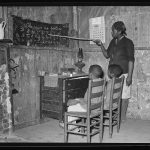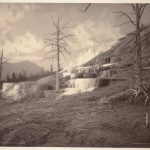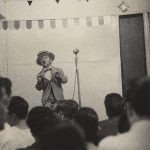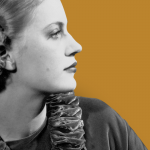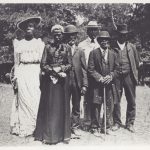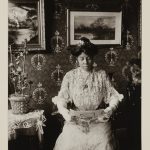In 1920, just as photographer Eugène Atget’s career was slowing down, he attempted to sell his archive to Paul Léon, then director of the Commission des Monuments Historiques. In a letter to Léon, Atget confidently claimed, “I can say that I possess all of old Paris.”1 Relatively uncelebrated during his lifetime, Eugène Atget has become posthumously known as the photographer of Paris since his death in 1927. It is estimated that he produced more than 8,000 photographs of Paris and its environs during his 40-year career with work ranging in theme from royal châteaux like Versailles and Saint Cloud to every aspect of old Parisian streets: architectural details, domestic interiors, street vendors, shanties, and parks.
![Place_St_André_des_Arts_[...]Atget_Eugène_btv1b10519197p_1](http://sabrinahughes.com/wp-content/uploads/Place_St_Andre_des_Arts_...Atget_Eugene_btv1b10519197p_1.jpeg)
Atget sold his photographs to official entities of the French state as documents of life in Paris – photographic representations of the city from the 1890s through the 1920s. There is no doubt that Atget’s pictures functioned within the archival memory of Paris. The photographer’s clients included amateur antiquarian groups, the city and national archives in addition to anyone concerned with preserving an image of the remaining medieval portions of the city after the irrevocable changes of the nineteenth century. Despite the reputation of Paris as the turn-of-the-century city of light and capital of modernity, the defining characteristic of Atget’s street photography is its empty and abandoned appearance, as if Parisians had fled the city just prior to Atget’s picture-taking.
For instance, a photograph like Place Saint-Andre-des-Arts (above) from 1924 is representative of his street photographs. The picture is framed and angled up to show an entire block, with the dominating structure receding to hint at the neighborhood that lies behind the thoroughfare. This must be an indexical document that accurately records the morphology of the street before the camera, but this view displays a city abandoned, existing in a time that cannot be experienced. The physical fabric of the city is present, but without the active street life for which Paris was so famous. Atget’s empty streets create an image of Paris hovering between reality and imagination.


